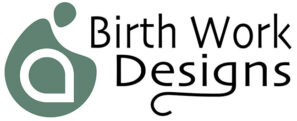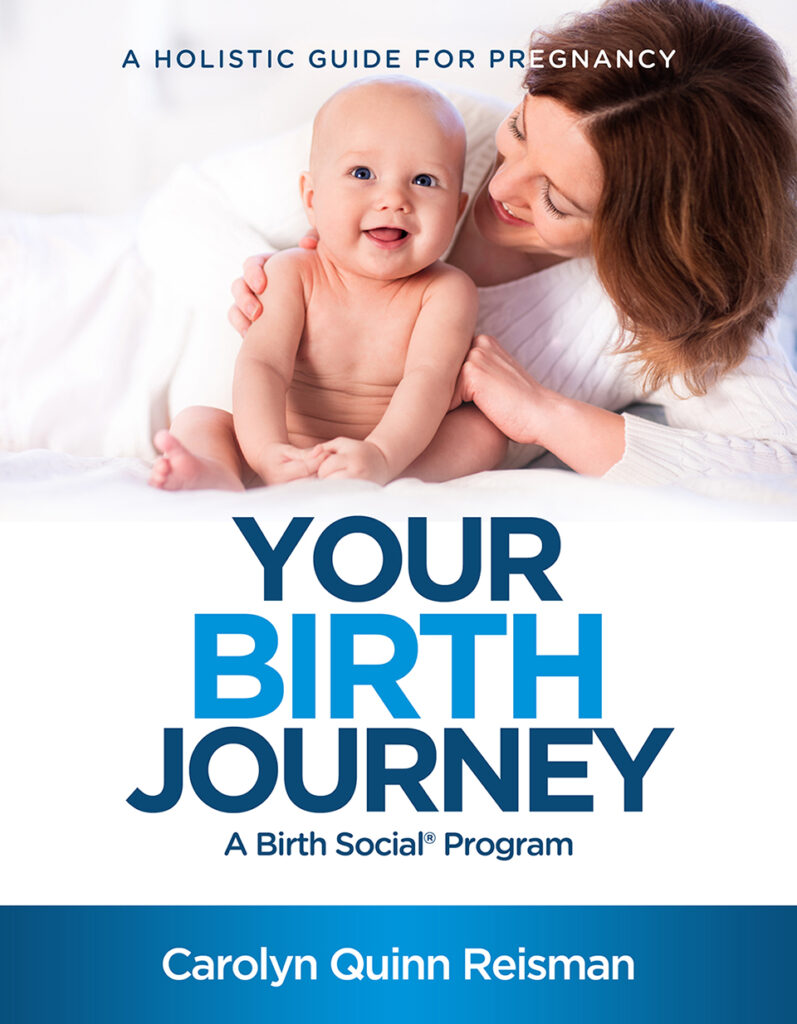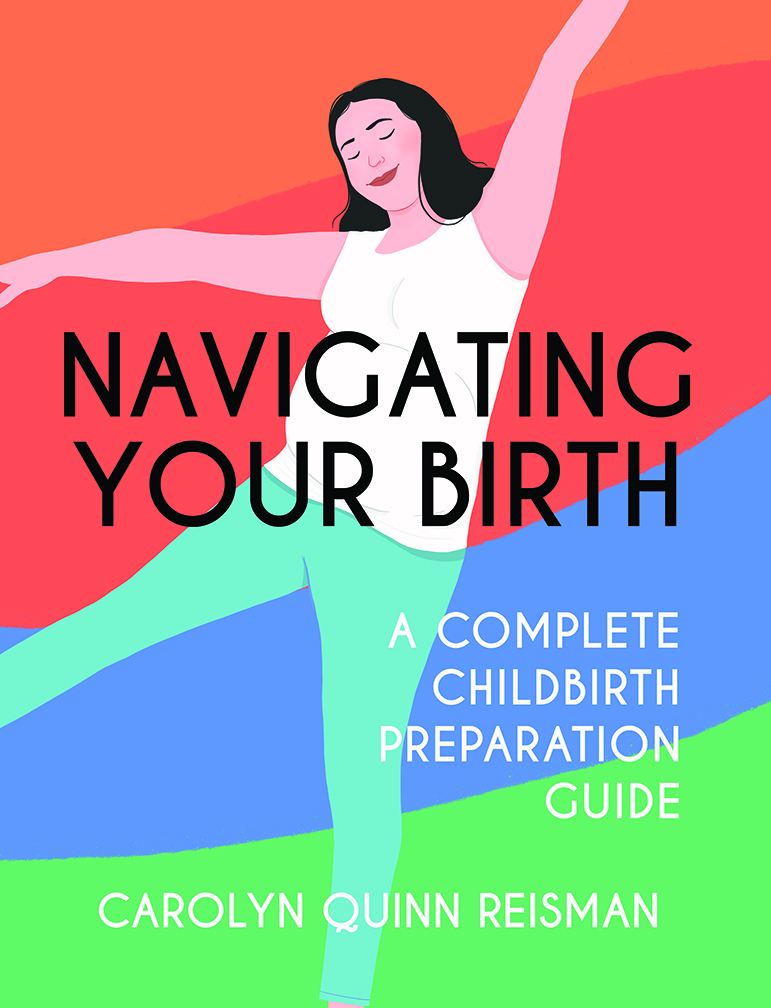While some mothers might experience breastfeeding bliss the first few days after birth, breastfeeding can be fraught with frustration for others. There is no one right answer during the first few days, besides being patient, but there are two guidelines.
- Understand that the first five-days can be the most challenging time for breastfeeding mothers. Barring no problems, breastfeeding after five days becomes MUCH easier.
- Understand the twelve basics of breastfeeding during the first five days. If you do happen to have problems, you will identify them a lot faster.
1. Keep Your Baby Skin to Skin
There is no lack of evidence that newborn babies remaining skin-to-skin on their mothers the first hour after birth promotes breastfeeding. Research shows that a mother regulates her newborn’s temperature, respirations, and blood sugars in those critical early hours after birth, not to mention that babies are calmer in their mother’s arms.
This basic need of your infant does not stop in the first hour of life. Babies benefit from skin-to-skin in the days and even weeks following birth. An infant’s brain development and self-regulation is inherently connected to being physically close to the mother, and that connection promotes a better breastfeeding relationship and confidence in mothers caring for their babies.
Your newborn will nurse more frequently, and your breastfeeding relationship will get off to a much better start. Plus, your baby will be less fussy, you will get more sleep, and your baby’s system will be more regulated. Babies also gain their birth weight back faster when tucked into bed next to mom. Besides, babies like to cuddle.
This is a time of transition for you and baby, and the benefits are enormous! When you sleep with your baby, your newborn will nurse more frequently. Your breastfeeding relationship will get off to a much better start. Your baby will be less fussy. You will get more sleep. Your baby’s system will be more regulated. Babies gain their birth weight back faster. Besides, babies like to cuddle.
2. Understand Your Baby's First Food - Colostrum
Special milk, called colostrum, is exactly what your baby needs for the first three or so days. It is a yellowish, thick, sticky milk that has protective antibodies for your baby. While colostrum is rich in antibodies and white blood cells, and has high concentrations of vitamins, minerals, and protein, it is low in fat and carbohydrates. Since your baby is not receiving many calories, they want to nurse all the time. Plus, their tummy is really tiny at this time – about the size of a marble.
3. Know Your Baby's Tummy Size
The amount of colostrum that you produce for one feeding, which is a teaspoon on the first day, is the exact capacity of your baby’s tiny tummy. The colostrum gradually changes to mature milk between 3-5 days.
- Shooter marble (day one) – one teaspoon
- Ping-pong ball (day three) – five teaspoons
- Extra-large egg (day ten) – 12 to 16 teaspoons
4. Feed on Demand
On-demand means your baby gets fed anytime they show signs of hunger. Enough can’t be said about feeding on demand (also known as “responsive feeding,” “feeding on cue,” and “baby-led” feeding). The life of your newborn revolves around getting fed. Newborn feeding patterns are shaped by the length of time it takes them to feed, digest, and become hungry again. For most newborns, this means feeding frequently, every 2-3 hours (or less) – on DEMAND.
Organizations and individuals that encourage breastfeeding on demand include La Leche League International (LLLI), breastfeeding education sites like Kelly Mom, childbirth educators such as Lamaze, midwives, and doulas.
5. Understand the Importance of the First Day With Your Baby
The first easy solution for getting a good start
Let your partner, the midwife, nurse, the doula – anyone but you – tell visitors wanting to see you and baby after the birth to wait for a couple of hours. There is plenty of evidence that babies who breastfeed within the first hour of life do better, and mom does much better without a lot of visitors.
The first one to two hours after birth
In the first 1-2 hours or sometimes longer following birth, babies are usually awake. Your baby may be very alert, cry vigorously, or be very interested in the environment, and will most likely have a strong desire to suck. This time is an excellent opportunity for you to breastfeed. The sooner your baby nurses, the sooner your baby learns to nurse well.
The next few hours after birth
After the first few hours of post-birth, it is normal for babies to become very sleepy. You just went through labor, and so did your baby! Your baby may sleep very soundly for several hours. Both you and the baby need to sleep together! This is not a good time for visitors.
The rest of day one
Your baby needs to nurse eight or more times in the first 24 hours. After you and baby have rested, bring your baby to the breast as often as possible. Although the standard is “every two to three” hours, every baby is different. Some babies nurse often and vigorously the first day, while others are a little sleepier. These sleepy babies need encouragement to wake up and feed.
6. Wake Your Sleepy Baby Up
Any time in the first day or the next few days, if your baby is sleeping too much, he needs to be woken up. Your baby needs to feed at least 8 to 12 times a day.
How to Wake Your Baby
There are many tips online on waking a sleepy baby, but some babies just won’t wake up to feed. First, try all the classics:
- Unwrap the blankets from around your baby.
- Change your baby’s diaper.
- Undress baby down to a diaper, and nurse skin to skin.
- Touch, tickle, and stroke your baby.
- Dim the lights.
- Talk to your baby – don’t whisper.
- Burp your baby.
- Take a cool, wet washcloth and wipe your baby’s face, feet, and hands.
- Put your baby to the breast after trying some of these tricks.
If this doesn’t work, pump some milk into a small glass. You don’t need much – maybe a teaspoon, if possible. Take a spoon, bring the spoon up to your baby’s lips, and dribble the milk into his mouth. Don’t pour. Often, this will get your baby’s attention enough to wake up and nurse.
In the group prenatal breastfeeding sessions I facilitated, moms loved hearing breastfeeding stories. First-time moms loved listening, and experienced moms loved sharing. As the midwife, I also shared stories, which allowed moms to learn, ask questions, and comment.
The Hungry Baby Story
It was Sara’s first baby, and during the breastfeeding class, she learned about feeding on-demand, ensuring a sleepy baby was woken up and fed, about a good latch – everything. When I visited her in her home on about day two, her remark to me made my eyes pop out of my head: “I have such a good baby. All she ever does is sleep.” She was so proud.
I started asking her questions about her baby’s sleep behavior and found out she was only feeding about every six hours. Sara had what is known as a sleepy baby. When they go too long without feeding, however, they become lethargic. We worked hard over the next hour, getting her baby to wake up.
Sara came back for two more babies, and during the group breastfeeding session, she always said, “Listen to your midwife. I didn’t. I thought I knew what I was doing, and I ended up with a lethargic baby that took a lot of work to get back on track.”
If none of the above methods work and your baby is not feeding, call your midwife or pediatrician immediately. Other causes of sleepiness include:
- Jaundice
- Illness
- Infections
7. The Next Few Days
After day one, your baby needs to nurse 8-12 times a day or more.
The first 24 hours may be challenging for some moms, but the next few days are some of the most important milestones you will make with your baby. During the next few days, your baby will continue needing a lot of frequent feedings. Sometimes, it may feel like that is all you do, but frequent feedings will help your milk come in. Once your mature milk comes in, on about day three or so, your baby will feel more satisfied with their feedings. That doesn’t mean that you stop feeding on demand. It means you will see a difference in your baby’s behavior.
You will also see a difference in your breasts! When your milk comes in, your breasts will enlarge. Often, moms experience what is called engorgement.
Two of the main issues that can arise in these days include:
- Engorgement
- Your baby’s skin turns yellow – jaundice.
8. Learn Your Baby's Feeding Cues
Keep your baby skin to skin, and you will not miss a single cue. Beware of visitors because you can easily miss feeding cues while others are holding and passing around your baby. Easily identifiable cues include:
- Smacking or licking lips
- Opening and closing mouth
- Sucking on lips, tongue, hands, fingers, toes
- Rooting around
- Moving head frantically from side to side
- Fussing, breathing fast, or crying
The Grandma Story
As usual, I visit mom and baby postpartum on about day two or three. At this visit, when I walked in the door, mom was kicked back on a comfy chair resting, and grandma was holding the baby. When I asked about her baby’s feeding, she replied, “Oh, she is such a good baby. She slept all night with her grandmother and didn’t wake up once to feed.” This woman was a first-time mother who received information from me about the importance of sleeping with baby and feeding frequently. When I examined her baby, I found she was lethargic and uninterested in feeding. We had to work hard to get her back on track.
When she let grandma sleep with her baby, mom missed all of the feeding cues. Grandma may not have understood or felt that baby just needed to be soothed. Don’t let others sleep with your baby.
9. Know What a Good Latch Is
Getting a good latch might be just like magic if it works the first time, but it might take several attempts. Do not be afraid to take your baby off the breast again and again to correct the latch. If it’s not right, it can lead to breastfeeding problems, such as sore nipples and a fussy baby.
- Make sure your baby is tummy-to-tummy.
- Place your baby’s nose opposite the nipple.
- Aim your nipple toward the baby’s upper lip/nose – not the middle of the mouth.
- You might need to rub your nipple across baby’ top lip to get them to open up.
- Move baby toward breast, and touch top lip against the nipple.
- Repeat until your baby opens wide and has the tongue forward.

10. Get Help if You Have Latch Difficulties
If you realize that you are having latch issues, you need to bring it to the attention of your midwife, lactation consultant, IBCLC, or pediatrician. Latch issues can be caused by large nipples, large breasts, flat or inverted nipples, severe engorgement, tongue-tie, food intolerance, a fussy or sleepy baby, and other problems.
11. Try Out Different Breastfeeding Positions
There is no one right position for every mom and baby. The main thing you need to be aware of is your baby’s belly always needs to be facing you. In other words, do not tilt your baby to the side. When this happens, you will notice your baby has to turn the head to feed.
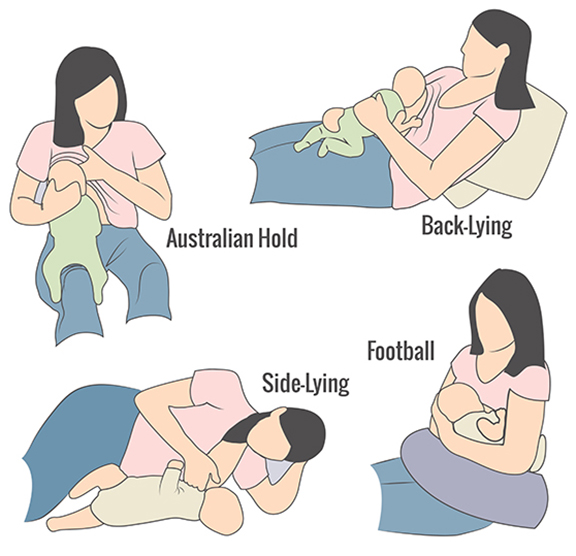
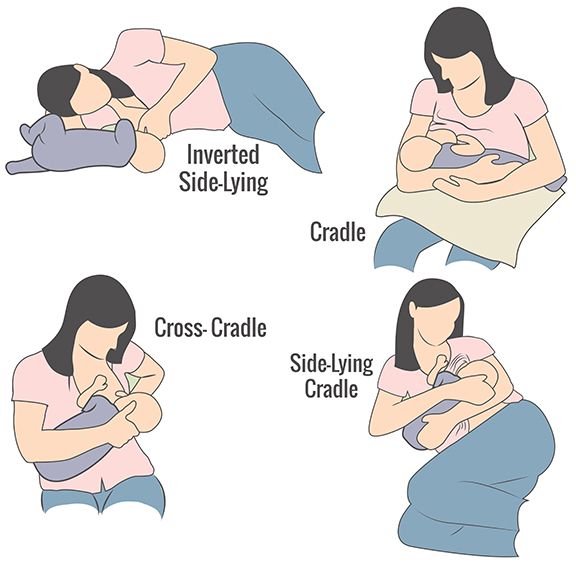
Just after birth, choose a position that will help you relax. Side-lying and back-lying are good positions to try for the first few hours. If you are sitting up, try the football or cross-cradle hold. In these positions, you can see everything your baby is doing and can manage the head. Unless you are a pro, hold off on the cradle hold until you feel completely comfortable with breastfeeding or when your baby gets a little older.
You will find that your baby may prefer certain holds. Be patient until you find ones that work for both of you. One mom in my practice discovered that her baby liked ONLY the back-lying position, also called laid-back breastfeeding. When walking downtown one day, I saw her feeding her baby in this position – three months after birth! She was sitting in an outdoor cafe, leaning back as much as possible, and feeding her baby. She said he would not feed any other way!
12. Hand Express Milk While You are Pregnant
Most women with healthy pregnancies can hand express colostrum safely during pregnancy, starting at 36 weeks. Please talk to your provider about this. You may have risk factors for early labor. Hand-expressing colostrum during pregnancy is extremely beneficial for mom and babies for many reasons:
- If your baby doesn’t breastfeed well during the first few days, you will have a great head start.
- If your baby ends up in NICU for any reason, you will be extremely thankful for having colostrum for your baby.
- If your baby has a tongue-tie, colostrum will help baby get fed while you are making arrangements to see a physician.
Get Help!
Don’t be afraid to reach out for help. You deserve all the support you need.
Wiley Online Library, Skin‐to‐skin contact the first hour after birth, underlying implications and clinical practice. February 12, 2019.
